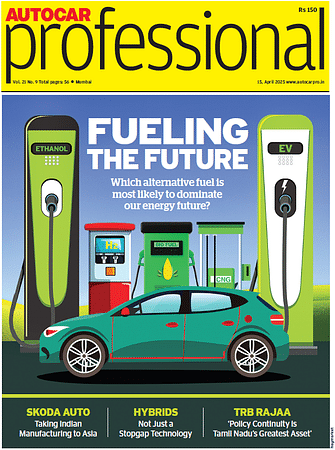Hyundai Unveils Pleos Software Brand, Setting Sights on Connected Mobility Future
South Korean automaker introduces comprehensive mobility software platform with planned implementation across 20 million vehicles by 2030, partnering with tech giants to create new in-vehicle ecosystems.
Hyundai Motor Group introduced its new mobility software brand "Pleos" at a developer conference in Seoul on Friday, outlining plans to transform its business model toward software-defined vehicles (SDVs) and cloud-based mobility solutions.
The automotive conglomerate revealed that its next-generation infotainment system, Pleos Connect, will launch in the second quarter of 2026 and be implemented in more than 20 million vehicles by 2030. The system is based on Android Automotive OS, allowing for greater integration with mobile applications and third-party developers.
"Our ultimate goal is to achieve Cloud Mobility, where all forms of mobility are connected through software on the cloud, and continuously evolve over time," said Chang Song, President and Head of Hyundai Motor and Kia's Advanced Vehicle Platform Division, during his keynote speech.
The company introduced Pleos Playground, an open development platform designed to give mobile app developers access to automotive software endpoints. The platform provides software development kits, design guides, and support tools to facilitate the creation of in-vehicle applications that users can download through a dedicated App Market.
Hyundai Motor Group announced collaborations with several technology companies including Google, Uber, Samsung, Naver, SOCAR, and Unity to expand its software ecosystem. These partnerships aim to integrate vehicles with smart homes, enhance navigation services, optimize AI features, improve car-sharing experiences, and develop in-vehicle entertainment options.
The company also unveiled plans to implement Level 2+ autonomous driving capabilities by the end of 2027. This system will use cameras and radars to recognize vehicle surroundings and make decisions through AI deep learning structures. Hyundai aims to develop these vehicles into "learning machines" that continuously improve through experience.
As part of its cloud mobility vision, Hyundai introduced the Next Urban Mobility Alliance (NUMA), a public-private partnership framework to connect and optimize transportation systems. NUMA includes initiatives like Shucle, a demand-responsive transport service, and Autonomous Vehicle Foundry (AVF), which supplies electric vehicles with autonomous driving technologies to global companies.
The automotive industry has been shifting toward software-defined vehicles in recent years as traditional automakers face increasing competition from tech companies and electric vehicle manufacturers. This transition represents a fundamental change in how vehicles are designed, built, and updated, with software capabilities becoming as important as mechanical performance.
Hyundai Motor Group, which includes the Hyundai, Kia, and Genesis brands, has been investing heavily in future mobility technologies as part of its strategy to remain competitive in a rapidly evolving market. The company began its SDV development in 2023 and has been working on electrical and electronic architecture to support its software ambitions.
The Pleos brand name combines the Greek word "Pleo," meaning "more," with "OS" for "Operating System," reflecting the company's goal of adding value to mobility through technological evolution.
RELATED ARTICLES
Mercedes-Benz Expands Its Network in Southern India
Mercedes-Benz India expands its presence in Bengaluru and Hyderabad with the inauguration of three new service facilitie...
Craftsman Automation Begins Commercial Operations at New Kothavadi Facility
Craftsman Automation Limited has commenced commercial operations at its newly established manufacturing facility in Koth...
Delhi EV Policy 2.0: Ban on Petrol Two-Wheelers Not Included for Now
Earlier reports said that a ban on petrol-run two-wheelers was being considered for the upcoming policy.






 By Angitha Suresh
By Angitha Suresh
 28 Mar 2025
28 Mar 2025
 2092 Views
2092 Views





 Sarthak Mahajan
Sarthak Mahajan



 Autocar India
Autocar India

